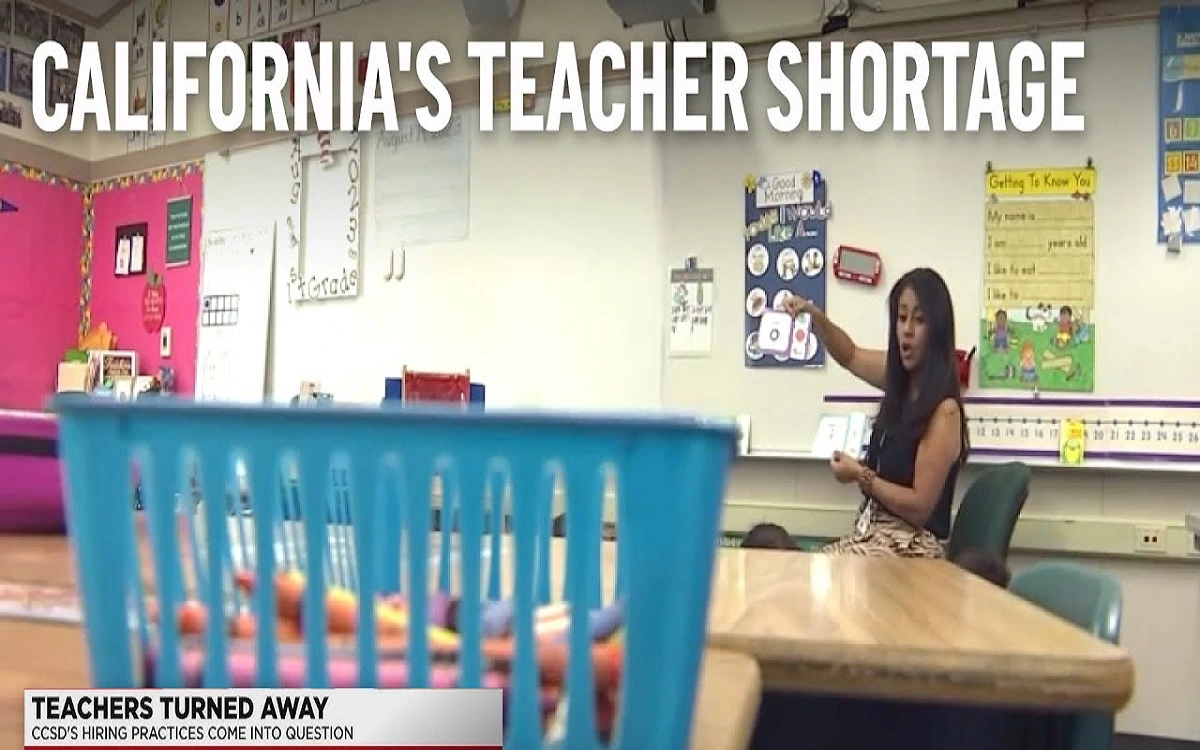|
Getting your Trinity Audio player ready...
|
California has long been known for its high cost of living, particularly in major metropolitan areas like San Francisco, Los Angeles, and San Diego. Despite being the highest-paid teachers in the nation, many educators in the Golden State are grappling with financial challenges, forcing them to seek additional income sources, downsize their living arrangements, or even consider leaving the profession altogether.
Salary vs. Cost of Living
According to the National Education Association’s (NEA) latest report[1], California teachers earned an average salary of $84,659 in the 2021-2022 academic year, ranking first in the nation. However, this figure can be misleading when factoring in the state’s exorbitant cost of living.
The reality is that while teachers in California may have higher salaries on paper, their purchasing power is often significantly diminished,
says Dr. Martha Garcia, an economics professor at UCLA.
A teacher earning $80,000 in San Francisco might struggle to afford a modest apartment, let alone save for retirement or support a family.
Housing Affordability Crisis
California’s housing market has been a major pain point for teachers and other middle-class professionals. The median home price in the state surpassed $800,000 in 2023[2], putting homeownership out of reach for many educators. This has led some teachers to commute long distances from more affordable areas, adding to their financial burdens.
I spend nearly three hours commuting each day because I can’t afford to live near the school where I teach,
laments Sarah Johnson, a high school English teacher in Los Angeles.
It’s exhausting, and the gas and maintenance costs for my car eat up a significant portion of my paycheck.
Supplemental Income
To make ends meet, many California teachers have resorted to taking on additional jobs during the summer break or even during the school year. From tutoring and working retail jobs to driving for ride-sharing services, these side hustles have become increasingly commonplace.
I love teaching, but the financial strain has been immense,
admits Daniel Lee, a middle school math teacher in San Diego.
I’ve had to pick up extra work grading papers and tutoring just to keep up with my rent and student loan payments.
Retention and Recruitment Challenges
The high cost of living in California has also made it challenging for school districts to attract and retain quality teachers. Some experienced educators have chosen to relocate to more affordable states or pursue alternative careers altogether.
We’ve seen an alarming number of teachers leaving the profession or moving out of state,
says Jennifer Thompson, President of the California Teachers Association (CTA).
It’s a serious issue that could potentially lead to teacher shortages and negatively impact the quality of education in our state.
Calls for Action: Recognizing the gravity of the situation, various stakeholders, including teachers’ unions, lawmakers, and education advocates, have been calling for comprehensive solutions. These range from increasing teacher salaries further to developing affordable housing initiatives specifically for educators.
We need to take a holistic approach to address this issue,
says State Senator Michael Rodriguez.
Raising salaries alone won’t solve the problem if teachers can’t afford to live in the communities they serve.
As the cost of living in California continues to soar, the paradox of California well-compensated yet struggling teachers remains a pressing concern. Addressing this challenge will require collaborative efforts and innovative solutions to ensure that the state’s educators can not only survive but thrive in their vital roles.
For More News Update Visit California News



